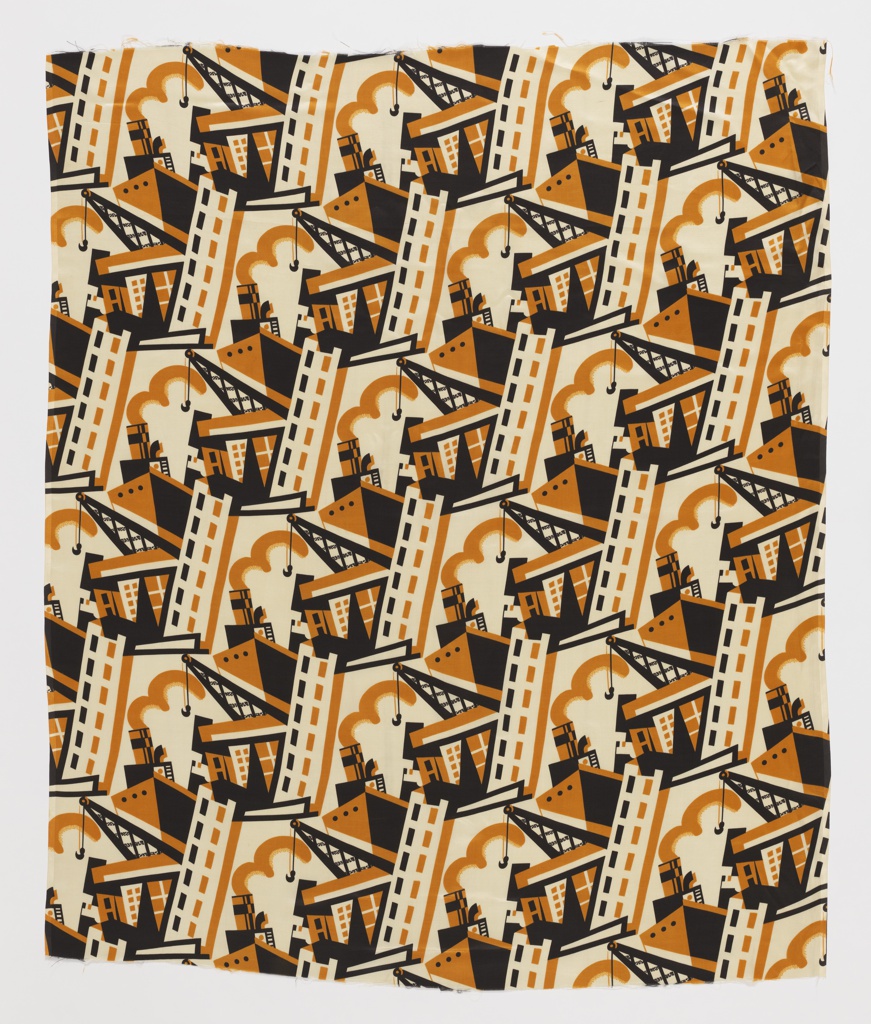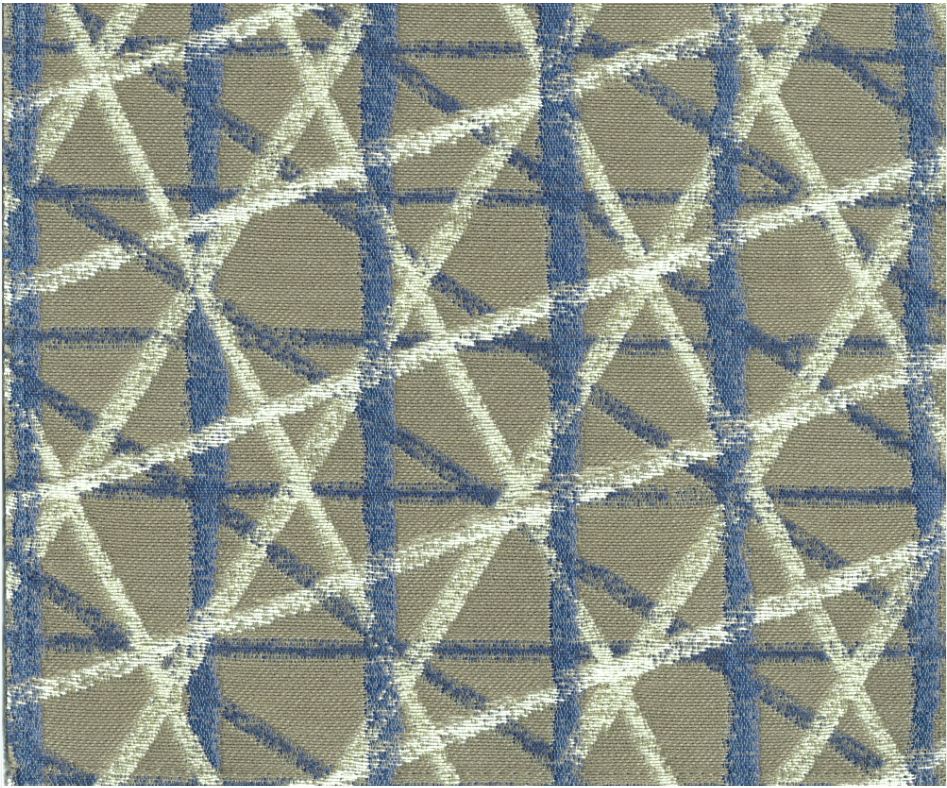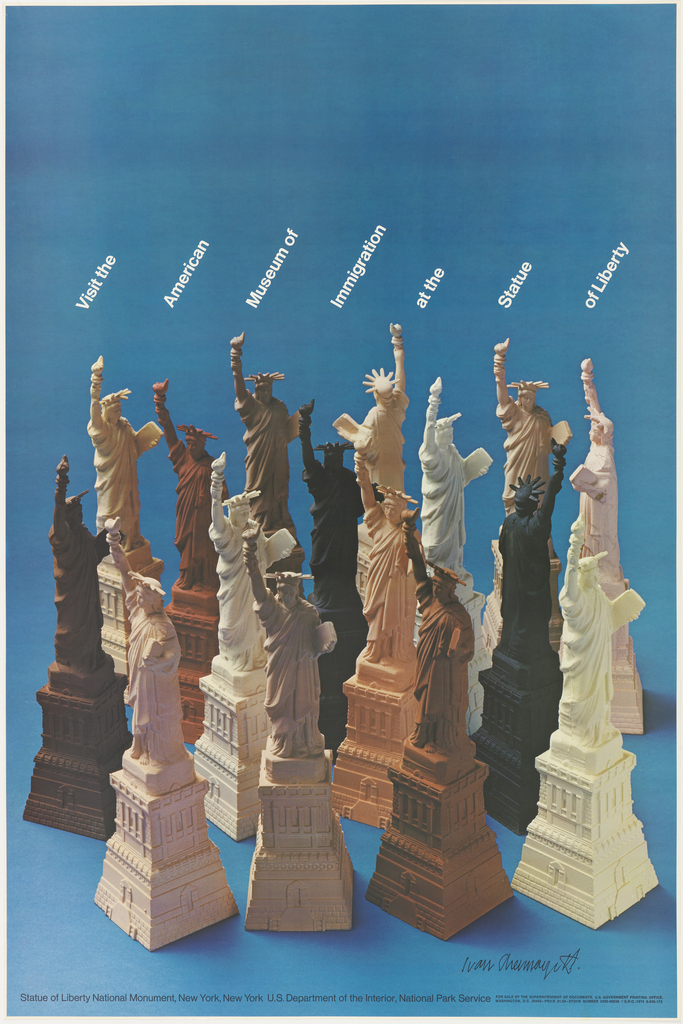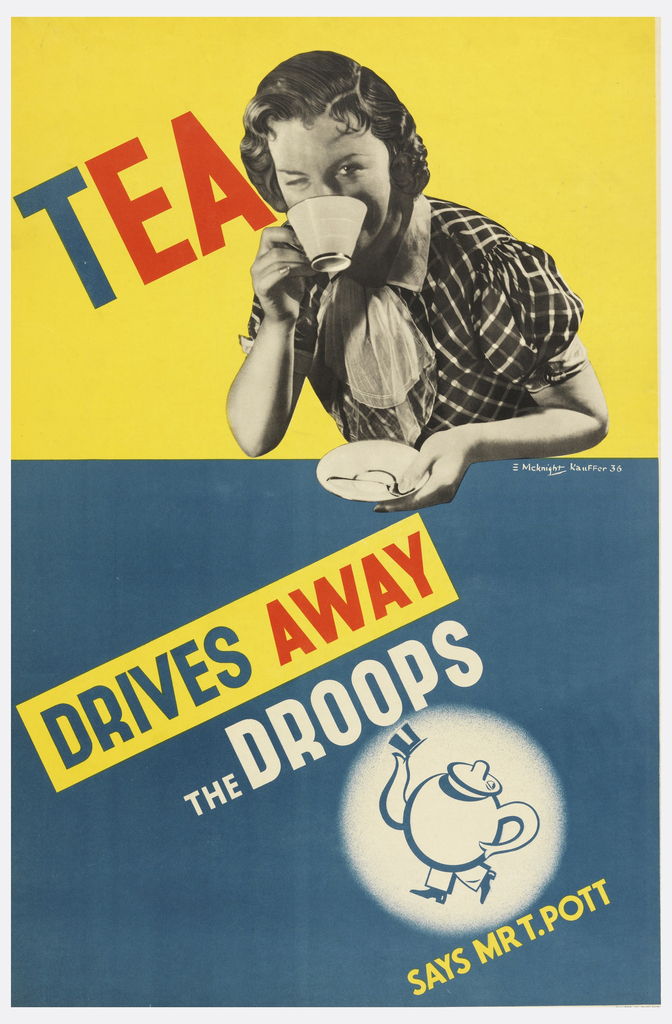This Constructivist-inspired textile likely was produced in the United States during the mid-to-late 1920s. The designer is presently unknown, but presumably was an individual familiar with Russian Constructivist design principles, which took inspiration from the industrial world. Printed in dark yellow and black on creamy off-white silk satin, the textile has an overall design of...
In tandem with her artistic practice, Sheila Hicks has been engaged with the fields of architecture, design, and textile industry for over 50 years. Sketching Air is Hick’s latest commercial collaboration. Working with Momentum Textiles, she has created a collection of five patterned weaves (Sketching Air, Mapping Ideas, Painting Strokes, Drawing Lines, and Crossing Colors)...
The fine weaving of this narrow band, with eccentric wefts that follow the diagonals of the design, marks it as a special item. Among the brilliantly dyed blue, yellow and red yarns, a fuzzy, coffee-colored yarn stands out. The fiber source may be an extremely fine camelid, such as the wild guanaco, or rabbit hair,...
Liberty and immigration: here are values so intimately tied with the history of the United States and New York in particular, that they seem to permeate one another. The year 1974 was a strenuous one for the US. The recent end of the Vietnam War left open wounds still seething in the minds of millions,...
Until the 1920’s, the tea industry’s main outlet was Great Britain, where consumption had been rising significantly since the beginning of the century[1]. This situation changed after the First World War and the economic crisis following the 1929 Wall Street Crash. Traditional surpluses in tea production from British India and Ceylon surged, while increasing pressure...




